2. Role and Responsibility of each member
3. Meeting Minutes
4. Abstract about 'BTL'
② Its evolution(past) and/or how the technology is moving or is expected to evolve
- Kim Sung Min
Ethanol is nowadays an important product in the fuel market. Its market grew from less than a billion liters in 1975 to more than 39billion liters in 2006 and is expected to reach 100 billion liters in 2015. Less than 4% of the ethanol is produced synthetically from oil, while the rest is produced by fermentation from bioresources. Ethanol is now produced from two major groups of bioresources : sugar substances and starchy materials. There is a competition between these two feedstocks for fuel ethanol production. While sugar substances were the feedstock for more than 60% of fuel ethanol production at the beginning of the 2000s, its share decreased to 47% by 2006, when grains accounted for 53% of the production.
Ethanol has a potential market as big as the oil market. It can potentially replace the entire fuel market for gasoline. Futhermore, plastics such as polyethylene can be produced from ethanol through ethylene. However, the amounts of sugar substances and grains are limited in the world. They are relatively expensive feedstocks for ethanol production, and ethanol competes with human food for these raw materials. This competition may lead the proce of grains and sugar to higher levels in the future. Furthermore, the economy of the ethanol production process from grains depends on the market for its by-product, i.e. distillers' dried grains with solubles (DDGS) as animal food, which may not expand like the ethanol market in the future. In addition to the price, there is concern about damaging forests by increasing farming area as a result of more ethanol production from, for instance, sugar cane in Brazil.
Lignocellulosic materials are renewable, largely unused, and abundantly available sources of raw materials for the production of fuel ethanol. Lignocellulosic materials can be obtained at low cost from a variety of resources, e.g. forest residues, municipal solid waste, waste paper, and crop residue resources. These materials contain sugars polymerized in form of cellulose and hemicellulose, which can be liberated by hydrolysis and subsequently fermented to ethanol by microorganisms.
O Discuss the societal needs and the economic/socio-cultural impacton the human race. Entreprenual spirit is encouraged.
: Kwak Ji Hoon





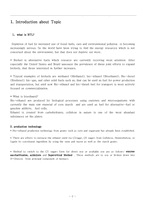
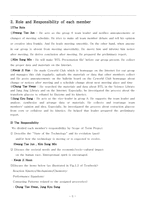
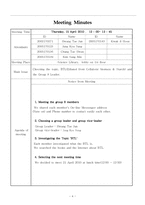
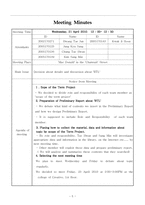
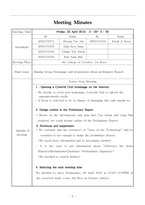
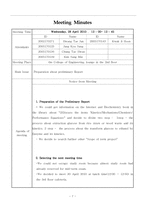


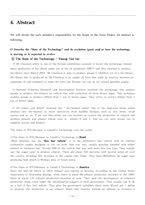
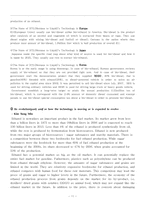
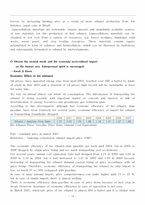
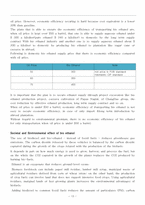
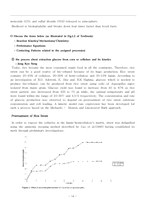
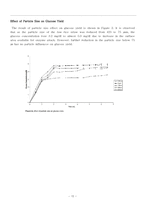
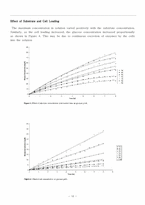
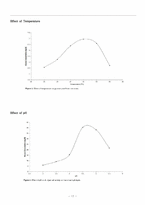
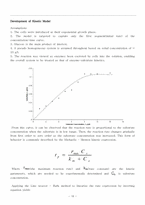

 분야
분야


